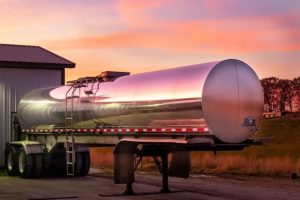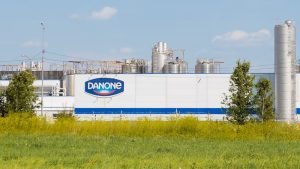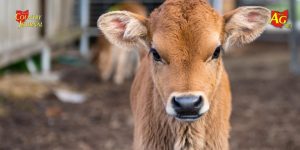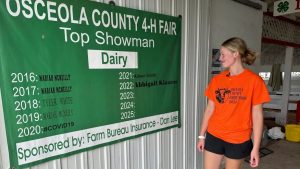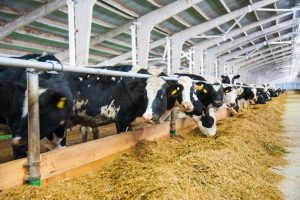
Though the heat is cranking up, there’s some who can’t escape it. Livestock.
At Working Cows Dairy in Slocomb, owner Rinske De Jong says this time of year is one of the hardest for dairy farmers.
“It gets so hot, we try to milk earlier so the cows can get into the barn from out in the field and get cool and be milked while it is still cool then stay in the barn most of the day, when normally they would go right away to the field and eat grass,” said De Jong. “So normally, they would eat about 20 hours a day, but these days it’s more like 12 hours a day.”
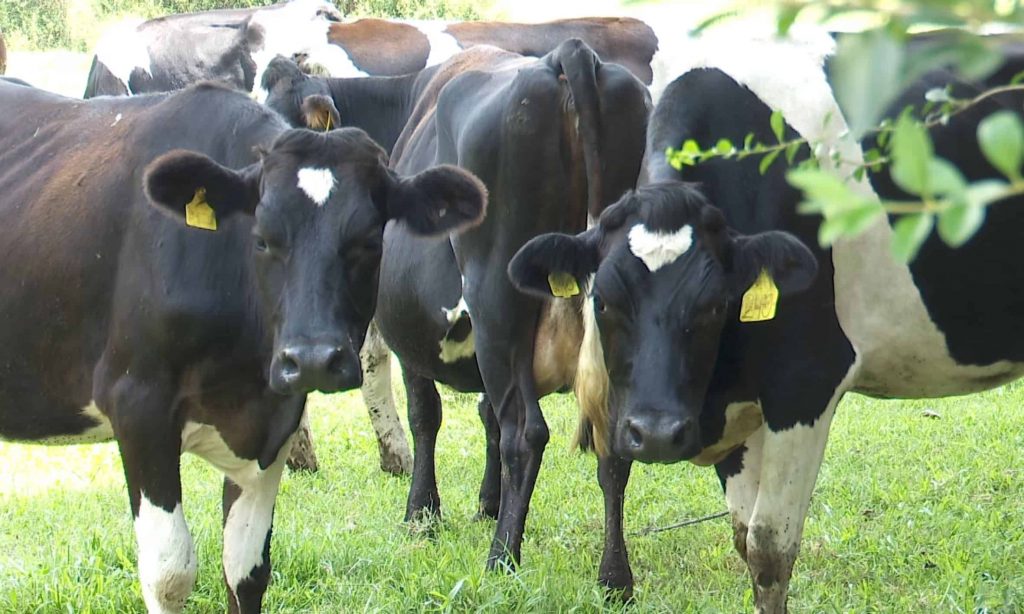
With less time to graze, less product is being produced for De Jong.
“At the moment, we have probably 60 or 70 gallons less a day than normal production because of the heat, and they aren’t eating how they normally eat,” said De Jong.
Most of the cows when let out of the barn will herd underneath a shady tree. In addition to the shade trees—De Jong uses a vent system in her barn to try and keep the cows cool. This is crucial for a dairy farm. Cows can produce lower-quality products or even die if they get too hot.
“We harvest their milk, so if they are distressed, the quality of the milk goes a little bit backwards if they are really distressed,” said De Jong. “If you can keep them cool enough and happy enough, then it is fine.”
De Jong says January is the most difficult month outside of the summer months, since the grass is typically dead by then.



